You may be asking yourself, “Can you tear down a house with a mortgage?” The answer is yes, but there are some things you need to take into consideration before taking this step. In this article, we will provide you with a full guide to tearing down your home while still keeping your mortgage in place. We’ll answer some of the most common questions people have about this process, as well as provide some tips for making it go as smoothly as possible. So if you’re thinking about tearing down your home, make sure to read on!
Is the House Worth Tearing Down?
The most important factor to consider before deciding to tear down a house with a mortgage is whether or not doing so is cost-effective. If the cost of demolition, debris removal, and all associated fees outweighs the benefit of tearing down the house and building something new in its place, then it might be better to keep the existing structure and make improvements instead.

In some cases, however, it may be worth demolishing your house if you plan on selling the land afterward.
When considering whether to tear down your house with a mortgage, you may want to consult with an appraiser to get a clear estimate of the current market value for the property in its current condition. Doing so will ensure that you make an informed decision about whether it’s worth it in the long run to tear down the house instead of making renovations.
If you do decide that demolishing the house is the best course of action, then there are several steps you’ll need to take before beginning demolition. Make sure that you research all local laws regarding demolition and familiarize yourself with any permits or fees associated with doing so. Additionally, contact your mortgage lender to discuss your plans and determine if they are willing to release the mortgage on the property after demolition.
In some cases, the lender may require an independent appraisal of the land in order to assess its value post-demolition before agreeing to release their lien on the property. It’s also important that you hire a licensed contractor experienced in demolishing residential structures, especially if you plan on financing the demolition with a loan from your lender.
Finally, make sure that any debris created by tearing down your house is disposed of properly. There are usually local laws regulating how and where construction waste can be disposed of, so it’s important to familiarize yourself with these rules beforehand.
Tearing down a house with a mortgage can be a complicated and expensive process, but it may be the right option for some homeowners who want to create something new on their land. Doing your research and consulting with an appraiser and lender before making any decisions will help ensure that you make an informed choice about whether or not demolishing your house is worth it in the long run.
Before You Tear Down a House
Before you even consider tearing down a house with a mortgage, there are several things to consider.
First and foremost, you must check with your lender to see if the property is eligible for demolition. Some lenders may be more willing than others to approve such a request; however, it’s always best to get permission from them first before moving forward.
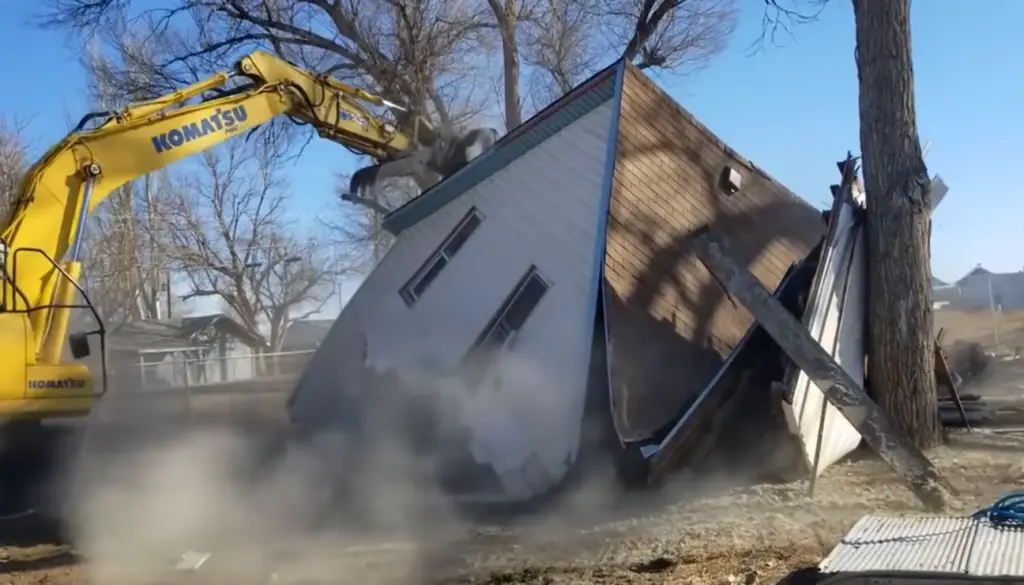
It’s also important to research local zoning regulations regarding the demolition of existing structures on the property. You’ll need permits and likely have to meet specific requirements set by the municipality or county in which the house is located. This can include notifying neighbors of nearby properties and meeting specific safety standards.
You should also factor in any potential environmental hazards on the property that could be exposed when tearing down the house. Depending on the age, location and other factors, there could be lead paint or asbestos that needs to be addressed by a professional contractor before demolition begins.
Finally, it’s important to have an accurate estimate of the cost of demolition versus building a new structure. This will help you determine if it’s more financially feasible to tear down the existing structure or start from scratch with something new.
Obtain a permit
Once you have secured permission from your lender to demolish the house, and met all local zoning regulations, you can move forward with obtaining a permit for demolition.
To do this, you’ll need to contact your local building department and fill out an application for a demolition permit. You will be required to provide information on the property such as lot size, square footage of the structure, age of the house, etc. Additionally, many municipalities require plans for what will replace the existing structure when it’s demolished. This could include anything from a new single-family home or multi-family development to open space or a park.
The cost and timeline to obtain a demolition permit vary by location and can take up to several months depending on the situation.
Check with the fire department and utility companies
Once you have obtained a demolition permit from the local building department, it’s important to check with your local fire department and utility companies. The fire department needs to be notified ahead of time for safety reasons and may require an inspection before any demolition work can begin.
You should also contact any applicable utility companies such as water, gas or electric providers to make sure all lines are disconnected before the demo begins. This will help ensure that nothing is damaged during the process and that there are no surprises afterward.
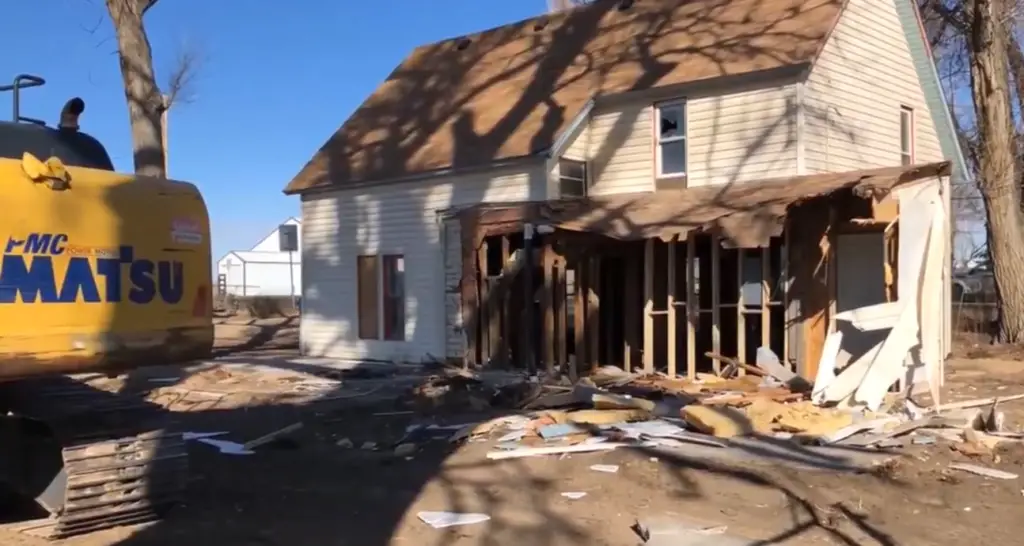
Inspect for hazardous materials
Before tearing down the house, it’s important to inspect for hazardous materials such as lead paint or asbestos. As mentioned earlier, certain age structures may have these materials that need to be addressed by a professional contractor before demolition begins.
Hire an inspector to go through the property and determine if there are any hazardous materials present. If so, you will need to hire a specialist to remove them safely in accordance with state and federal regulations. This is a crucial step that should not be skipped, as asbestos can cause serious health problems if not handled properly.
Call your mortgage lender
Before you begin the demolition process, it’s important to call your mortgage lender and make sure they are aware of your plans. As we mentioned earlier, some lenders may not be willing to approve such a request, but it’s always best to get their permission first before moving forward.
Your lender will also likely ask for a copy of the permit that you obtained from the local building department, as well as any other documents needed for them to review. Once approved, you can then move forward with the demolition process in accordance with all applicable regulations and safety precautions.
Submit building plans for approval
Once you have obtained the necessary permits and approval from your lender, you can submit plans for any new structure that will replace the existing home.
These plans must comply with local zoning regulations and building codes, so make sure to check with your local building department before submitting them for approval. Additionally, if you are planning to subdivide the land then you may need additional approvals depending on your municipality’s laws. [1]
Financing the demolition of your home
If you do decide to tear down a house with a mortgage, you’ll need to consider how you’re going to finance the demolition. You might be able to use your existing mortgage or take out a new loan from a lender. Another option is to get financing from an independent contractor who specializes in demolitions.
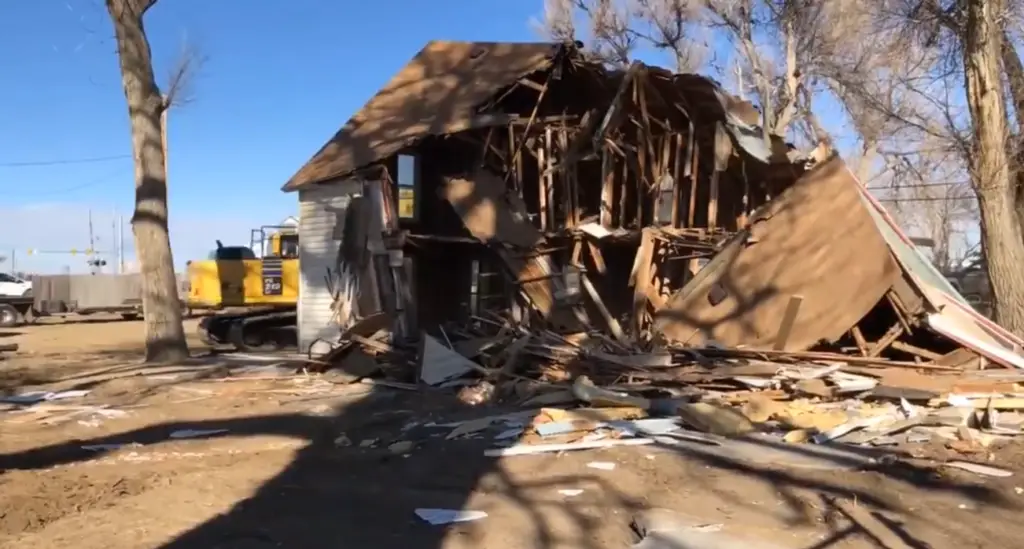
Whatever option you choose, it’s important that you fully understand the terms and conditions of your financing agreement before signing anything. Make sure that all fees are clearly defined and that there are no hidden costs or unexpected surprises further down the line. Additionally, find out if there are any additional costs for disposing of debris or restoring the area after demolition.
Finally, don’t forget to shop around for the best deal. Get quotes from several different lenders or contractors and compare them to get the best price.
Moving the House Instead of Tearing It Down
If you want to keep the house but don’t want to stay in its current location, you can move it instead of tearing it down. This process is called “house moving” and involves lifting the entire structure onto a trailer and hauling it away. It might sound crazy, but a lot of people do this if they really love their home and don’t want to start from scratch with a new one!
When considering whether or not to move your house after taking out a mortgage on it, there are several factors that need to be taken into account. First and foremost, you need to make sure your mortgage lender is okay with the idea of relocating the property. In most cases they will not be, as it could end up costing the lender more money in the long run. If you are able to get approval, then you will need to find a reputable house moving service and secure all of the necessary permits for relocating your home.
You should also take into account any costs associated with transporting the building and any potential damage that may occur during the move. Typically, this can be very expensive depending on how far away your new location is from where it currently sits. Additionally, if your home was purchased via a loan or mortgage, there might be certain restrictions around what can and cannot be done to the property once it has been relocated. Be sure to look carefully into these requirements before taking out a loan or mortgage on a house you plan on relocating.
Finally, remember that moving a house can be a very time-consuming and difficult process, so make sure it is something you are truly committed to before taking any steps.
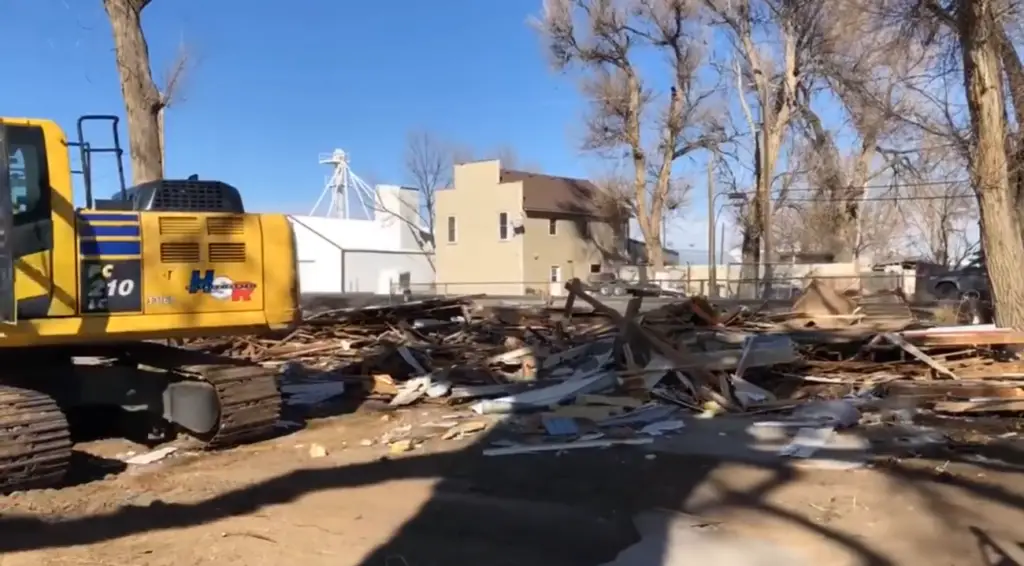
Is Possible to Demolish a House if It Has a Mortgage?
The short answer is no, it isn’t possible to demolish a house if it has a mortgage. This is due to the fact that mortgages are secured against the property, which means that any changes made to the property must first be approved by your lender. This includes demolishing the structure of your house, as it would reduce the security offered by your home and make it difficult for your lender to recover their money in case of default.
You might have heard stories of homeowners who have managed to get approval from their lenders to demolish their homes with a mortgage, but this is an extremely rare occurrence and will require intense negotiation between you and your lender.
To successfully secure approval for demolition, you’ll need to provide evidence that shows the tear down process will not reduce the value of your property. This could include an assessment from a qualified building inspector, detailed plans for what will be constructed in place of the house, and accurate estimates for all associated costs. You’ll also need to clearly demonstrate that demolishing your home will actually benefit your lender by bringing them higher returns on their investment.
Overall, it’s important to remember that lenders are not obligated to approve any changes you make to your property while you have a mortgage. If you’re considering demolishing a house with a mortgage, make sure you discuss this with your lender first and provide as much evidence as possible before moving forward with the process.
Existing Mortgage in a House
If you’re wondering what happens to an existing mortgage in house demolition, the answer depends on the terms of your loan agreement. Generally speaking, most lenders will require full repayment of the outstanding balance before they approve any plans for demolition.
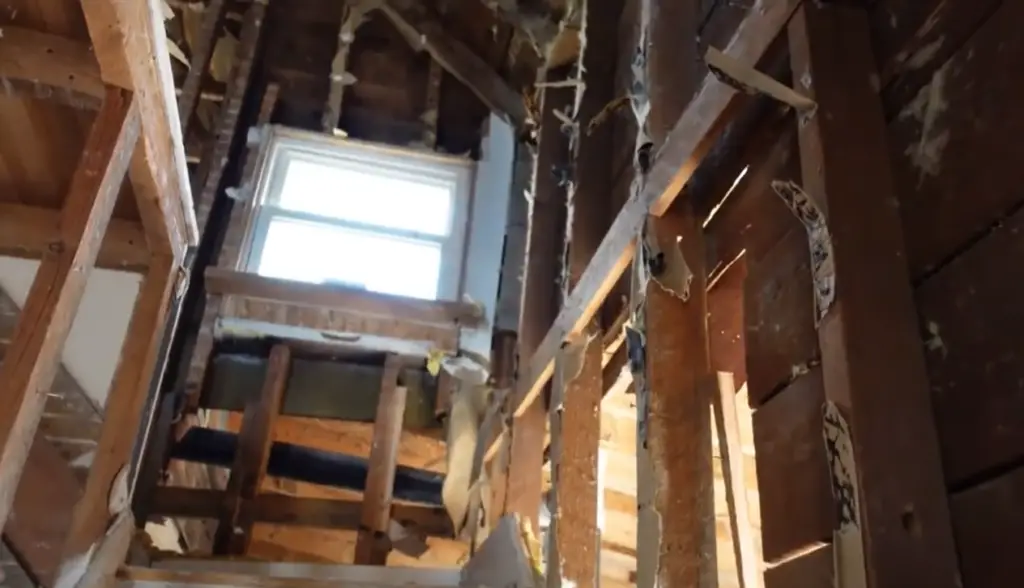
That said, if you have enough equity in the property, it may be possible to refinance or take out a second loan to cover costs associated with demolition and disposal of debris. It’s important to check with your lender first as each situation can vary depending on individual circumstances.
In some cases, it could also be beneficial to explore options such as selling the land or transferring ownership rights instead of demolishing the existing structure. This is especially true if the house is a valuable asset or if it has sentimental value.
Can you knock down and rebuild a house with a mortgage?
You are not legally allowed to knock down and rebuild a house with a mortgage. This is because lenders do not want to take on the risk associated with this kind of project, as it could potentially result in a devaluation of your property or even be completely destroyed before you can pay off the loan. However, some lenders are willing to work with homeowners to find alternative solutions.
For instance, if you have an existing loan on the house, then you may be able to get financing for a construction loan that would cover the cost of knocking down and rebuilding the home. This type of loan would have specific requirements regarding things like the size and scope of the project, as well as other contingencies. If your lender will not approve such a loan, then you might consider using personal savings or taking out a second mortgage to pay for the project.
It is important to note, however, that even if you are able to get financing for the project itself, there may be other restrictions or fees associated with it. For example, you will likely need to obtain a building permit and hire an architect or engineer to oversee the demolition and construction process. Additionally, depending on the lender’s requirements, you may be responsible for some additional costs such as insurance premiums or inspection fees.
Ultimately, whether or not you can tear down a house with a mortgage depends on your particular situation and how willing your lender is to work with you. If you have any questions about how best to proceed in this situation, then it is always wise to consult with a financial advisor or a lawyer who can help you understand the process and what type of financing may be available. [2]
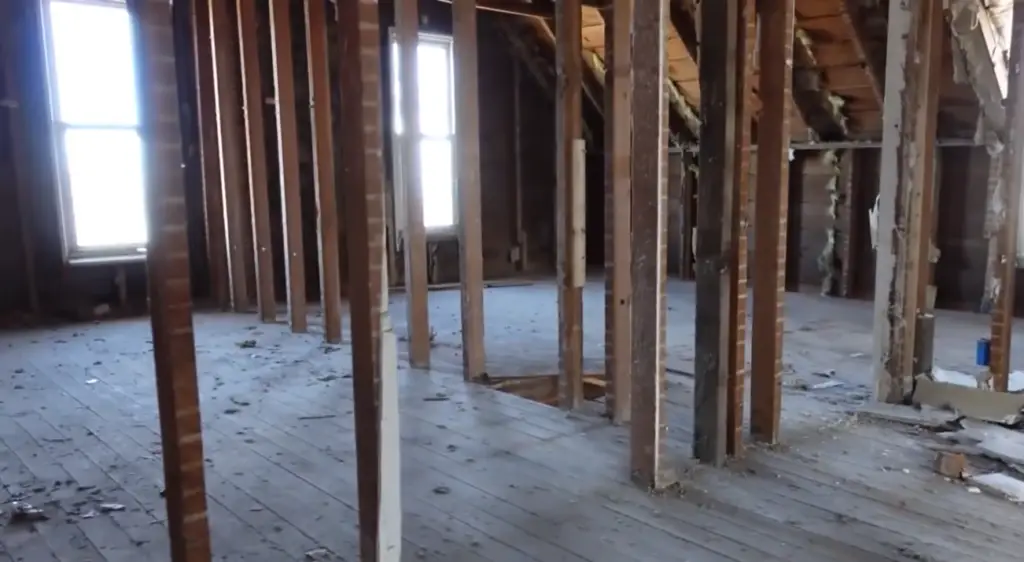
FAQ
Can you buy a house just to tear it down?
Yes, it is possible to buy a house just for the purpose of tearing it down. However, depending on your local zoning laws and other factors, this may not always be feasible or even legal. Additionally, you will need to factor in costs such as acquiring the permits necessary to tear down the house and dispose of the materials properly. [3]
What to do before demolishing a house?
Before you start tearing down your house, there are several things to consider. Here are a few:
- Check local laws and regulations – Different areas have different requirements for demolition, so it’s important to understand any local rules and regulations that may affect the process. For example, some cities require permits before demolishing a house.
- Prepare an estimate of the costs – Demolition is not cheap, and it’s important to have realistic expectations when budgeting for the project. It’s helpful to get quotes from multiple contractors or companies to compare prices before making any decisions.
- Understand insurance coverage – Make sure you research what types of risk your homeowners insurance policy covers during the demolition process.
- Dispose of hazardous materials – You will likely need to remove any hazardous materials like asbestos or lead paint before demolition can begin.
- Have a plan for the debris – Depending on the size and scope of your project, you may need to rent a dumpster or hire a cleanup crew to haul away the debris.
These are just some of the things to consider before beginning work on your project. It’s important to research thoroughly so that you understand all aspects involved in demolishing a house with a mortgage.
Is it cheaper to gut a house or rebuild?
Gutting a house is generally cheaper than rebuilding one from scratch, but it depends on the condition of the existing structure.
However, if there are major structural issues, like rot or termite damage, then it may be more cost-effective to tear down the house and start anew with a fresh foundation and framing. A professional contractor will be able to assess your particular situation and advise you on which option makes better financial sense.
Is it financially better to buy or build a house?
The answer to this question really depends on your individual situation and preferences. If you’re looking for a home that is already built, buying an existing house may be the better option financially. However, if you want something more custom-built to suit your needs and wants, the building could end up being more beneficial in the long run. [5]
When considering the financial aspect of rebuilding or remodeling a house with a mortgage, it’s important to consider not only the cost of demolition but also any potential costs associated with the disposal of debris and materials, permits, taxes and other fees. Also keep in mind that when choosing to build or renovate/remodel rather than tear down can be much less expensive as many of these costs are typically included in the cost of construction.
If you do decide to go ahead with tearing down the house, it’s important to know that you may need additional financing if your existing mortgage doesn’t cover the entire cost of demolition. You may also be responsible for any additional administrative costs associated with making changes to your loan, such as closing costs and fees. Before committing to this option, make sure you understand all the financial implications so that you can make an informed decision.
In addition to finances, when considering whether or not to tear down a house with a mortgage, it’s also important to think about the environmental impact of demolition and disposal of materials. If possible, look into recycling old materials and donating usable items rather than sending them straight to the landfill. This can help reduce your ecological footprint and save you money in the long run.
When should you tear down a house?
When considering whether to tear down a house, there are some important factors to consider. First, assess the condition of the property. If it’s still structurally sound and all you need is cosmetic repairs then it may be cheaper and less time-consuming to simply repair and renovate the house rather than demolish it.
On the other hand, if the structure of the home needs serious repairs that would only require more money in order for them to be fixed, or if the home is no longer safe for habitation then demolition could be a better option.
Additionally, tear down can also make sense if you want to take advantage of current market trends or build something new on an old foundation – such as building a larger home or multiple dwellings.
In some cases, the cost of tearing down and reconstructing can be offset by the value of the existing structure. This is another factor to consider when making your decision.
Ultimately, you’ll need to decide whether demolition is necessary and beneficial for your situation. If so, then you’ll need to research how it will affect any outstanding mortgage agreement that you may have on the property.
What is the process of demolishing a house?
Demolishing a house can be a complicated and expensive process. In order to tear down an existing home, you’ll need to acquire demolition permits from the relevant local authority. You’ll also need to arrange for the removal of all debris, including hazardous materials like asbestos, and ensure that any structural supports are properly removed. After obtaining the necessary permits and ensuring safety precautions are taken, the actual demolition is usually done by professionals with heavy machinery like bulldozers or excavators. It’s important to note that demolishing a house with a mortgage can be significantly more difficult than tearing down an unencumbered property – so it’s essential that you do your research before taking on such a project.
Useful Video: When Does it Make Sense to Tear Down a House? With 2 Case Studies
Conclusion
In conclusion, there is no simple answer to the question of whether you can tear down a house with a mortgage. It depends on factors such as the type and amount of your loan, the value of the property after demolition, local zoning requirements, and other considerations. However, if you are considering tearing down a house that has a mortgage, it’s important to consult with experts and do your research first. This will help ensure that you make an informed decision based on all applicable regulations and laws. Good luck!
References
- https://www.thebalancemoney.com/tearing-down-a-house-1798728
- https://yardblogger.com/can-you-demo-a-house-with-a-mortgage/
- https://www.bankrate.com/real-estate/buy-a-house-to-tear-it-down/
- https://fbcremodel.com/blog/home-remodel-vs-new-builds/
- https://themortgagereports.com/87974/buy-or-build-a-house-which-is-cheaper





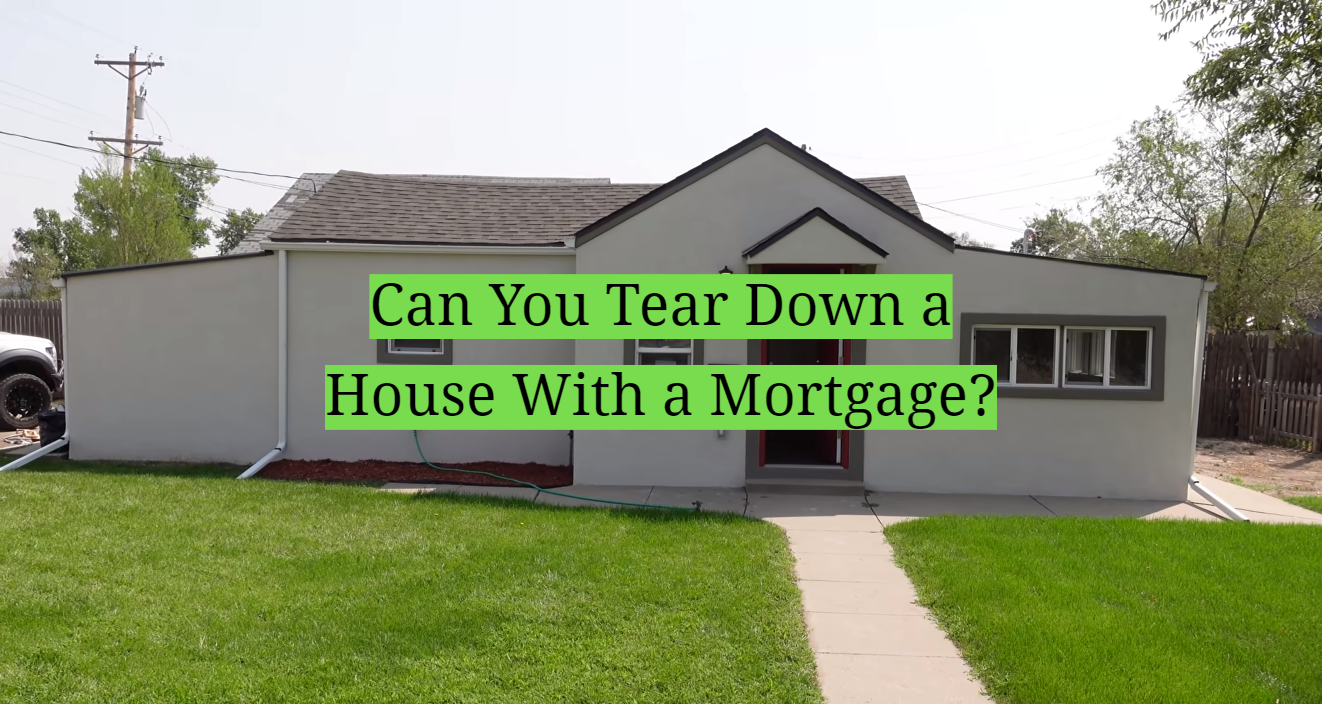

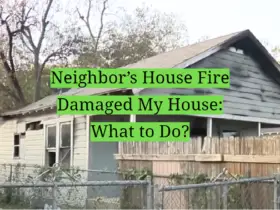


Leave a Reply